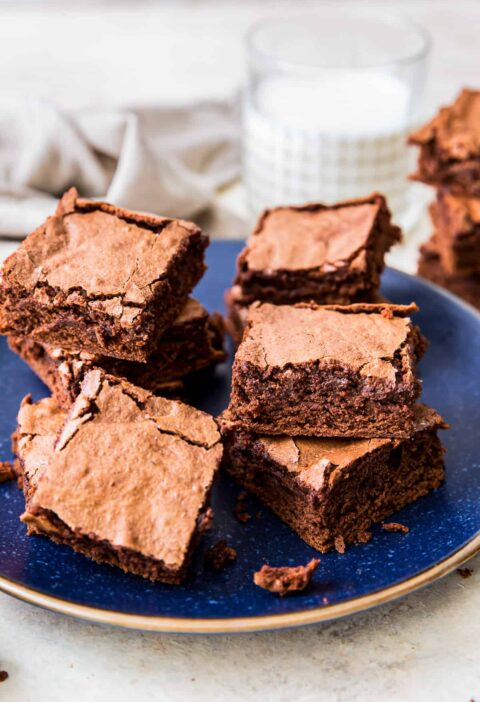Click here for my original post
Background –
As I stated in the above post, I have celiac, and as such I am trying to determine the gluten free flour that best replicates the strawberry shortcake recipe. This will be done by baking each variation and determining the best based on flavor and texture. I also plan to bring in a few friends as unbiased sources to help me with this test.
The flours I am using are regular all-purpose, Bob’s Red Mill, King Arthur’s, and Krusteaz.
King Arthur’s brand of flour uses a recipe of rice flour, tapioca starch, potato starch, brown rice flour, and a vitamin and mineral blend. While many GF flours use something like xanthan gum to substitute the purpose of gluten, King Arthur’s swears by their vitamin blend.
I am interested to see how the use of gluten free flour affects the product. In normal baking, the gluten in flour is what allows it to rise. Gluten free flour also has a tendency to absorb more liquid, which makes batters thicker and products denser. This is because they use more fine starches, specifically rice flour, which are naturally more absorbent. Because of this, many gluten free recipes use more liquid to substitute. However, the recipe I am using is not meant to be gluten free. This will allow me to substitute the gf flour in and really observe which is the best without having to make changes to align with them. The main difference between the flours is the stabilizer that they use to substitute the glutenous properties of bread. Gluten allows doughs to be stretchy and elastic, which aids in rising by trapping gasses in pockets in baked goods. Without the gluten proteins, gluten free baked goods can become dense. The flours I have chosen all use different ingredients to try and replicate this.
Results –
I baked two versions of the strawberry shortcake, one with regular flour and one with gluten free flour. I then called three friends over to taste what I had made and give me feedback on the differences. The image at the top of this post shows the two different shortcakes. The one on the left is the gluten free, on the right in the regular one.
While they visually look the same, the two cakes had many differences. Like the theorized, the GF dough was much dryer. It was much more difficult to incorporate all of dry ingredients. However, after mixed, the doughs looked the same. The picture below shows what they looked like right before being put into the oven.
 The top three are the gluten free, the bottom three are regular.
The top three are the gluten free, the bottom three are regular.
The real differences came the light after baking. We found that the gluten free cakes were much denser, as the dough suggested. Another difference we noticed was that the cakes made with regular flour were less cooked in the middle, while GF ones were dry and crumbly throughout. GF baked goods have this tendency because of what I mentioned above, they just dry out faster.
 On the right are the GF cakes, on the left are the regular ones.
On the right are the GF cakes, on the left are the regular ones.
As you can see, they looked pretty much the same while baking. I also noticed when I cut into them that the GF ones were significantly crumblier, which I alluded to above. They had a much harder time staying together. Obviously, GF baked goods do not contain the gluten structure of normal baked goods. This could be the explanation of this lack of structure.
Overall, I had two friends say they liked the GF cakes better. They described them as more bread-y, while the regular ones were more cake-y. One of my friends agreed with me that the regular ones were better. I think it comes down to personal preference.
In conclusion, I will say the King Arthur’s GF flour is a good substitute for regular flour.





